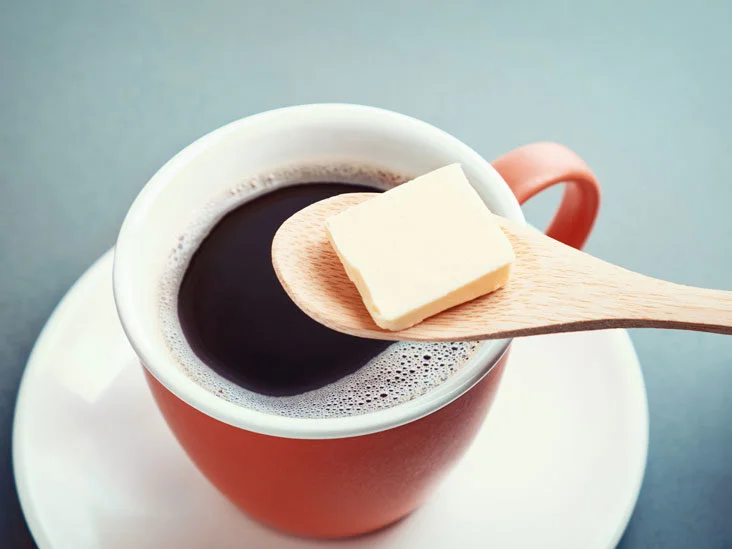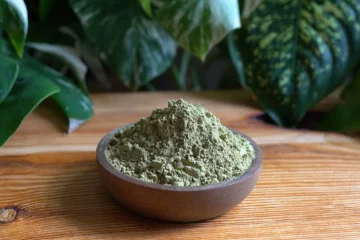Butter, the rich and creamy ingredient beloved by chefs and food enthusiasts alike, has long been a staple in kitchens around the world. While most commonly used for baking or spreading on toast, a new culinary trend has emerged: burn butter. This unique technique involves cooking butter until it reaches a deliciously nutty and golden-brown state. In this article, we will explore the intricacies of the burn butter technique, offering insights into its preparation, applications, and the steps to achieve the perfect burn.
Understanding Burn Butter
Burn butter, also known as brown butter or beurre noisette, is a technique that involves heating butter until its milk solids caramelize, resulting in a rich, toasty flavor and aroma. The process of burning butter requires careful attention, as it can transition quickly from a golden hue to a burnt, bitter taste. The key is to strike the right balance, allowing the butter to reach a nutty brown color without crossing into undesirable bitterness. The resulting caramelization creates a flavor profile that adds depth and complexity to both sweet and savory dishes.
The Culinary Applications
The versatility of burn butter lends itself to an array of culinary applications. In sweet dishes, its rich, nutty notes can elevate classics like cookies, cakes, and pastries, providing an irresistible depth of flavor. In savory preparations, burn butter can be used as a sauce or finishing touch, enhancing dishes such as roasted vegetables, pasta, fish, or even a simple piece of grilled meat. Its distinct taste complements a variety of ingredients, transforming familiar recipes into extraordinary culinary experiences.
Mastering the Burn Butter Technique
Achieving the perfect burn butter requires precision and attention to detail. Start by melting unsalted butter in a light-colored saucepan over medium heat. As the butter melts, it will go through various stages. Initially, it will foam, and then the milk solids will separate and sink to the bottom. Stir the butter occasionally, scraping the sides and bottom to ensure even cooking. Pay close attention as the color changes from yellow to golden brown. Once the butter reaches a warm, nutty hue and releases a delightful aroma, immediately remove it from the heat and transfer to a heatproof container to prevent further cooking.
Keyword Density and Google Updates
Keyword density, or the frequency of the targeted keyword within the article, plays a role in search engine optimization. However, it is crucial to maintain a natural and reader-friendly flow while integrating keywords. Google’s content updates prioritize high-quality content that provides value to users. Thus, rather than solely focusing on keyword density, it is recommended to create informative, engaging, and well-structured articles. This approach ensures that readers receive valuable information while meeting the requirements of search engine algorithms.
Wrapping It Up
The burn butter technique is an exciting addition to any culinary enthusiast’s repertoire. Its ability to infuse dishes with a rich, toasty flavor makes it a go-to ingredient for elevating both sweet and savory recipes. By mastering the art of burn butter, chefs and home cooks can unlock a world of new culinary possibilities. Remember, attention to detail and careful monitoring of the butter’s color are key to achieving the desired results. So, go ahead and embrace the art of burn butter, and delight in the wonderful flavors it brings to your culinary creations.




[…] Read More: What Are the Benefits of Using Burn Butter in Your Recipes? […]